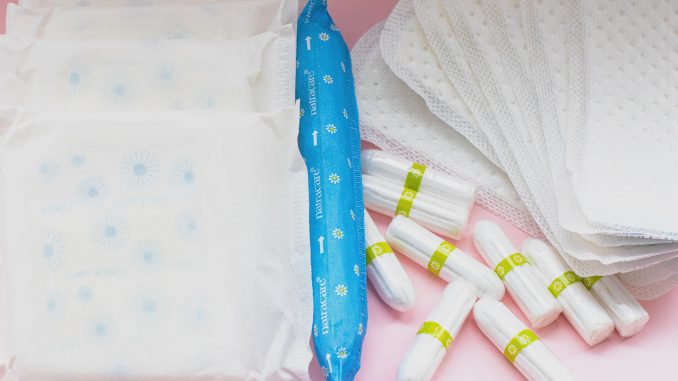
Topic:
With this piece I want to target the rates of iron deficiency in female Australians between the ages of 15-50 as this is the most common group for heightened levels of iron-deficiency with 1 in 7 women in this age range being effected. I want to address why this group is adversely affected, why there isn’t enough awareness about the issue, and things that can or are being done to try and solve it. As someone who falls into that bracket myself, I want to come at this topic with empathy and address how some of the expectations women put on themselves, to stay thin or fit, may be detrimental if they’re not paying close enough attention to what is going on in their body on a nutritional level. So, I want to look at solutions for balancing these problems. This story has the news values of proximity as it’s looking at specifically Australian’s effected, and currency as it’s talking about how rates of iron deficiency are currently on the rise.
Article type:
I want this piece to be a feature article as the topic is less current and more a larger trend that has been developing over years and needs a deep dive to truly understand the issue. Making it a feature article would allow for more personal commentary which I feel I can add a decent amount of as I am someone who takes iron supplements myself and have many friends who also do. Being a feature also means I could include graphs and other visual aids to help demonstrate how widespread the problem is. One possibility is a short interactive survey that tells you how likely you are to be iron-deficient depending on your biology, lifestyle, and habits.
Common causes of iron deficiency:
Intended publication:
The intended news site for this publication would be ABC news. Being an Australian government-owned organisation, the majority of its audience would be Australian which is idea for this story which is targeted towards Australian women. According to Similarweb, a free web analytics tool, ABC’s gender breakdown is 45% female and more than 65% of their readers are within the 15-50 age bracket. ABC has also published many interesting and well-constructed feature articles in the past such as ‘Right Wrongs’ and ‘Walking in two worlds’.
Research/relevant material:
Already existing journalistic news articles that I will draw on for studies, contacts and learning what aspects of the topic interest people include ‘Iron deficiency in women is often overlooked by doctors. These are the signs’ from ABC, ‘Iron deficiency on the rise in Australia’ by Nine News, and ‘Rapid growth of IV iron therapy raises concerns’ from Sydney Uni.
Intended interviewees:
Toby Richards
Professor of surgery at UWA. Team leader for research paper on iron deficiency in 2021, ‘The misogyny of iron deficiency’.
Phone: 0414 654 441
(Backup: Cory Dugan
PHD student at UWA, participated in same research paper
Email: cory.dugan@research.uwa.edu.au)
Sarafina Elliot
22-year-old Australian woman diagnosed with iron deficiency who stopped taking supplements because they cost too much
Personal contact
Maria Allerton
Clinical nutritionist who runs a health clinic in Sydney and has published articles on diet-based causes of iron deficiency.
Email: maria@truefoodsnutrition.com.au
+ 1 or 2 other people with personal stories of their struggles with iron deficiency

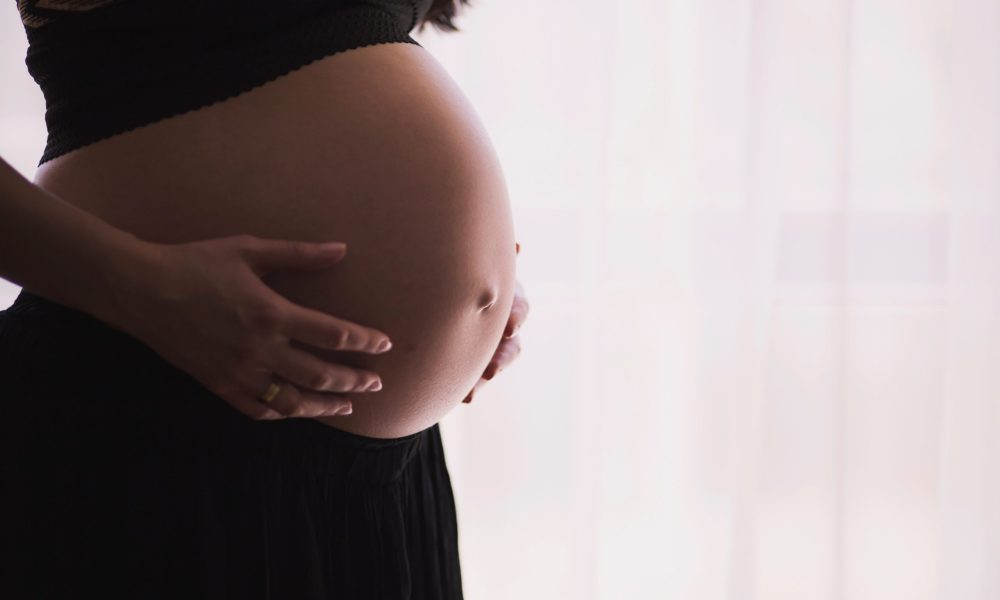
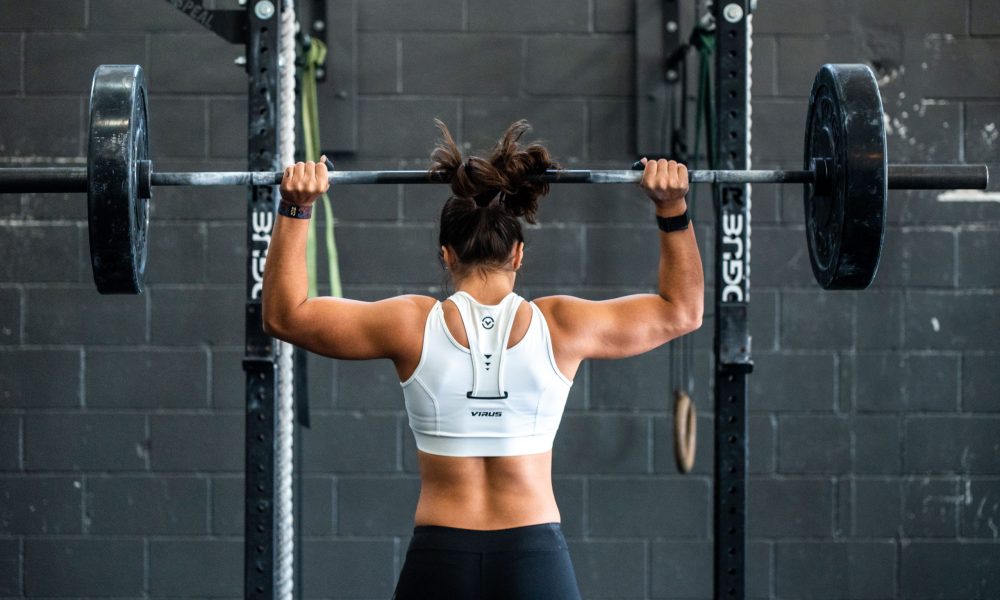
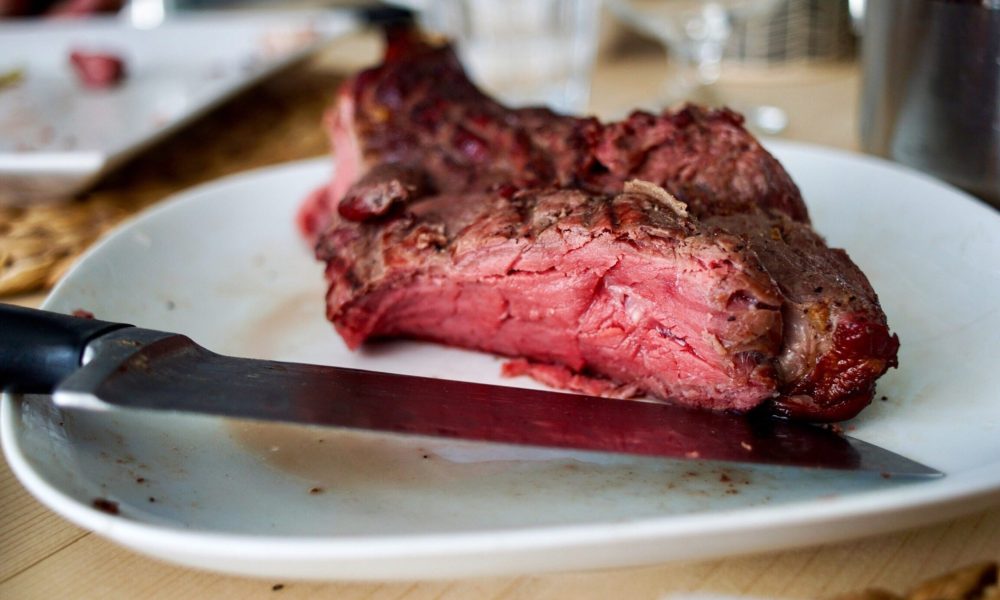
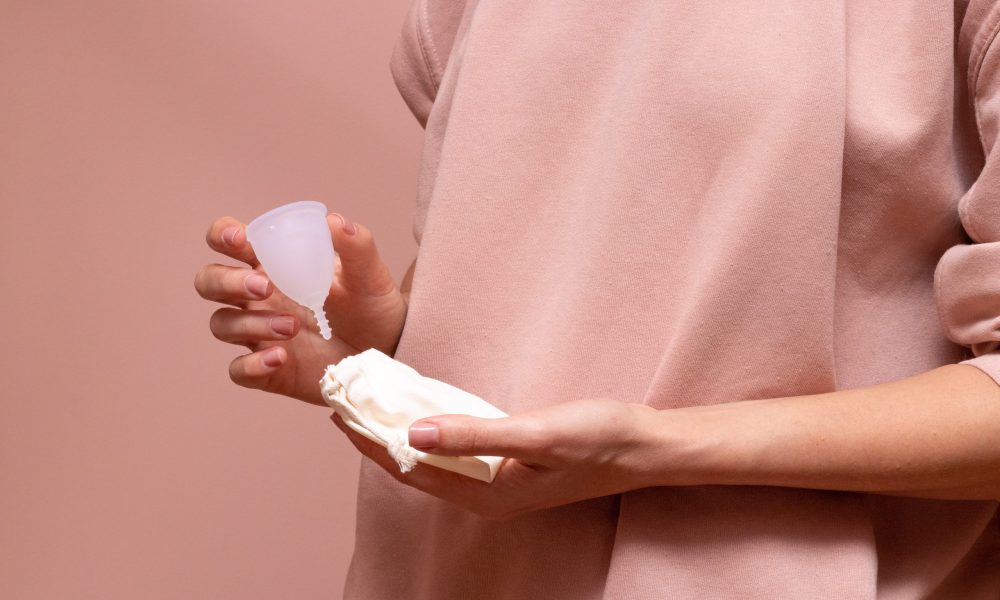


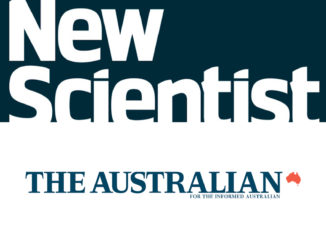

Hi Kate, I found your topic of women’s expectation to iron deficiency to be intriguing. Your perspective on the topic, focusing on the women’s expectations, is a great way to resonate with your audience.
You have provided a detailed explanation of your motivation, target publication and research methods. I think by including academic publications or official databases as sources can further strengthen your research.
The interface and your writing style is clear and precise, with hypertext and interactive features that enhance the reader’s experience. I believe that incorporating multimedia elements such as embedded posts or videos could make your content even more engaging.
Overall, I think your proposal is excellent!